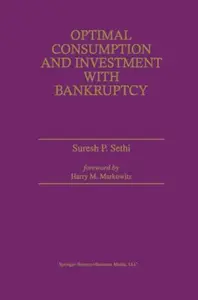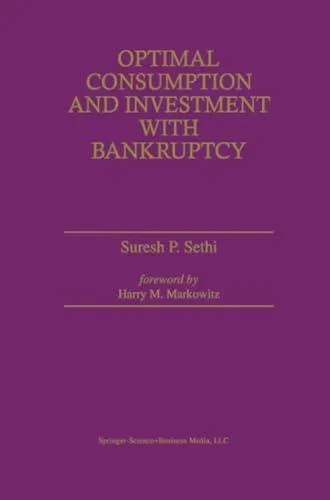Optimal Consumption and Investment with Bankruptcy By Suresh P. Sethi (auth.)
1997 | 428 Pages | ISBN: 1461378710 | PDF | 10 MB
1997 | 428 Pages | ISBN: 1461378710 | PDF | 10 MB
This book presents papers on continuous-time consumption investment models by Suresh Sethi and various co-authors. Sir Isaac Newton said that he saw so far because he stood on the shoulders of gi ants. Giants upon whose shoulders Professor Sethi and colleagues stand are Robert Merton, particularly Merton's (1969, 1971, 1973) seminal papers, and Paul Samuelson, particularly Samuelson (1969). Karatzas, Lehoczky, Sethi and Shreve (1986), henceforth KLSS, re produced here as Chapter 2, reexamine the model proposed by Mer ton. KLSS use methods of modern mathematical analysis, taking care to prove the existence of integrals, check the existence and (where appro priate) the uniqueness of solutions to equations, etc. KLSS find that un der some conditions Merton's solution is correct; under others, it is not. In particular, Merton's solution for aHARA utility-of-consumption is correct for some parameter values and not for others. The problem with Merton's solution is that it sometimes violates the constraints against negative wealth and negative consumption stated in Merton (1969) and presumably applicable in Merton (1971 and 1973). This not only affects the solution at the zero-wealth, zero-consumption boundaries, but else where as well. Problems with Merton's solution are analyzed in Sethi and Taksar (1992), reproduced here as Chapter 3.
By Buying/Renewing Premium From My Blog Links, You Invest in Our Community's Future



